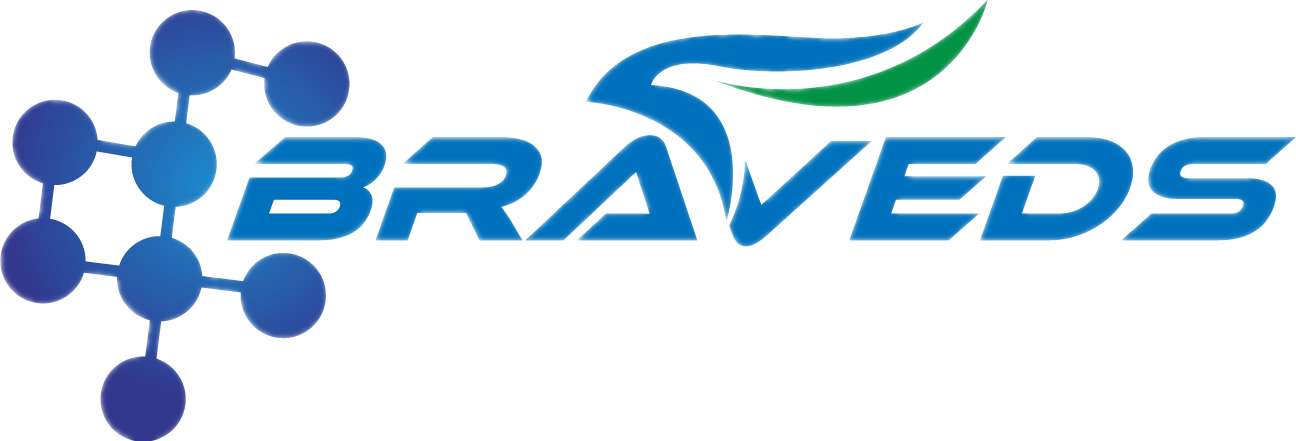S19 surfactant/TWEEN 20
Tween 20 (polyoxyethylene sorbitan laurate monoester) is a non-ionic surfactant belonging to the Polysorbate family with mild decontamination, low hemolysis and excellent protein stabilization. The balance between the hydrophilic polyoxyethylene chain and the hydrophobic lauric acid chain (HLB≈16.7) in its molecular structure makes it widely used in in vitro diagnostic reagents for blocking non-specific binding, stabilizing biomolecules and optimizing reaction systems.
Action mechanism
Mild decontamination: Selectively lyse cell membranes or dissolve lipids to release target analytes (e.g., antigens, enzymes) while preserving the protein's natural conformation.
Closed non-specific binding: Block the non-specific adsorption sites of solid phase carriers (such as cellulose nitrate membranes, microporous plates), and reduce background interference (such as ELISA, chromatographic strips).
Stable proteins and colloidal particles: adsorbed to the surface of latex/colloidal gold by hydrophobic chains, which form a protective layer to prevent aggregation (e.g. signal stability in immunoturbidimetry).
Low hemolysis: Compared with other polysorbates (Tween 80 has the lowest hemolysis), Tween 20 has controllable hemolysis risk and is suitable for whole blood/serum sample processing.
Refolding epitope: restore the natural conformation of some denatured antigens, improve the efficiency of antibody recognition (such as Western Blot membrane regeneration).
Application scenario
ELISA washing/sealing solution: Added to the washing solution or sealing solution to reduce non-specific binding and improve the signal-to-noise ratio.
Immunochromatographic strip: Premixed in the binding pad treatment solution to stabilize colloidal gold-labeled antibodies and inhibit non-specific adsorption.
Cell lysate: As a mild detergent, lysate the cell membrane to release intracellular targets (such as enzymes, nucleic acids) and retain protein activity.
Latex particle stabilizer: Add latex microsphere suspension to prevent particle aggregation and improve turbidity signal uniformity (such as CRP, PCT detection).
Protein refolding buffer: Used for membrane regeneration by Western Blot to restore antigen epitope and enhance antibody binding efficiency.
General use range: 0.01%-1.0% (0.05%-0.2% commonly used in diagnostic reagents).
Matters needing attention
Stability and storage: Avoid high temperature sterilization: Autoclaving may lead to degradation, and filtration (0.22μm filter) is recommended.
Cold storage away from light: Long-term exposure to light/heat may oxidize to yellow (slight discoloration does not affect function).
Compatibility restrictions: Avoid mixing with strong oxidants/heavy metal salts: such as high concentrations of ammonium persulfate and copper sulfate, which may cause decomposition or precipitation.
Use preservatives with caution: It may reduce the activity of preservatives such as benzalkonium chloride and thiomersal, and its effectiveness needs to be verified.
Hemolysis risk control: The recommended concentration in the whole blood test is less than 0.1%, or replaced with Tween 80 (lower hemolysis).
Q&A
Elevated detection background: the concentration of Tween 20 May be too high or insufficient sealing; It is recommended to reduce to 0.05%-0.1%, or increase the sealer (such as BSA).
Agglomeration of latex particles: it may react with cationic buffer; It is recommended to replace it with a neutral/anionic buffer system (such as Tris-HCl).
Reagent turbidity or precipitation: may be metal ions or pH limit; It is recommended to add EDTA (1-5 mM) or adjust pH to 6-8.
Inhibition of protein activity: high concentration may lead to partial degeneration; It is recommended to reduce to less than 0.05%, or replace with Pluronic F-68.
Note: The balance properties of Tween 20 make it a "cure-all" ingredient for the development of diagnostic reagents, but the concentration and formulation must be optimized through pre-experiments (e.g., hemolysis testing, protein activity analysis). For higher detergency, Triton X-100 (0.01%-0.05%) can be used; For lower hemolysis, Tween 80 or Pluronic F-68 is preferred.
| SKU | UNIT | PRICE (USD) | QTY |
|---|---|---|---|
| SG87875 | 500ml | 46 |




